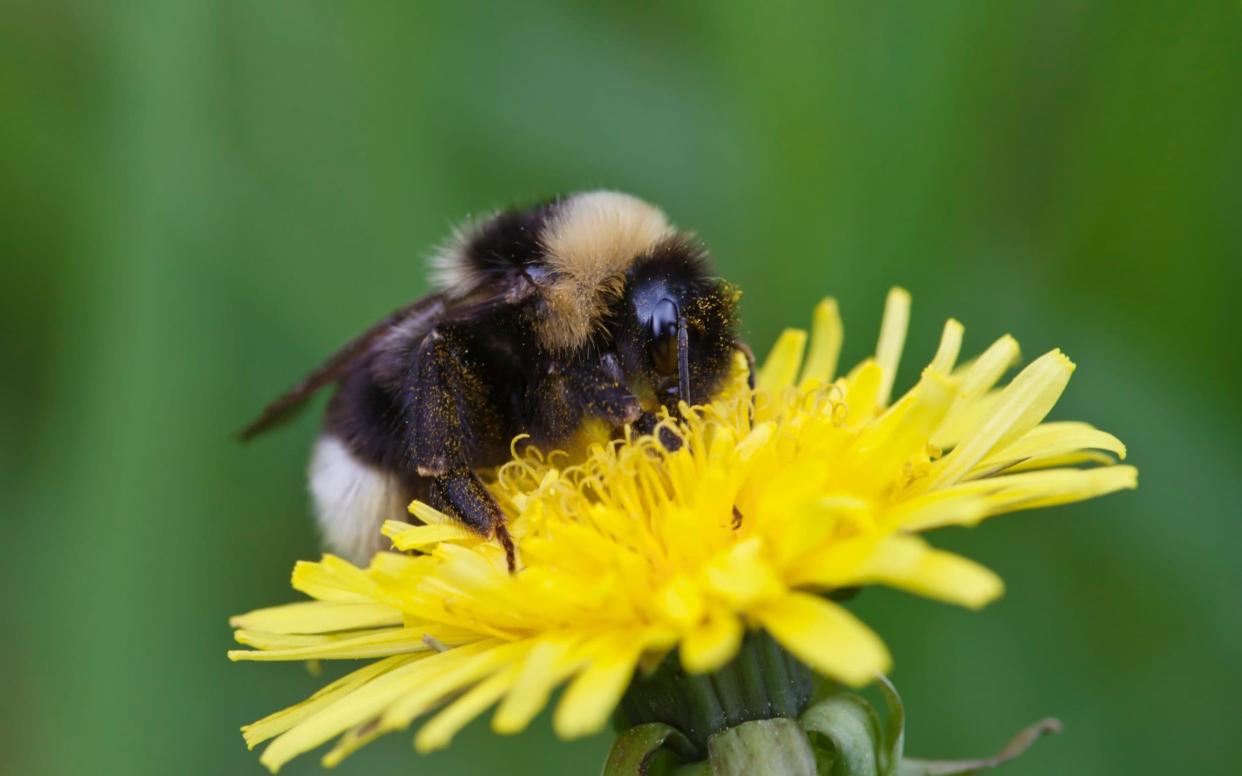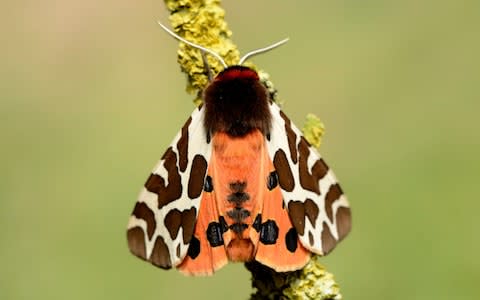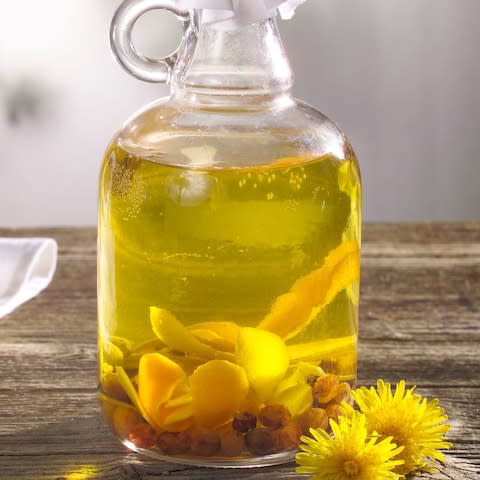Why dandelions are the heroes of spring and deserve a place in your garden

Spring is so tantalisingly close. Every day there’s something new to see or hear that wasn’t around yesterday. The call of a bird, my first slow worm and butterfly of the year, frogspawn finally. And last weekend, happily for me, the first emerging bud of a dandelion flower.
We gardeners are supposed to hate dandelions (Taraxacum officinalis). Pernicious weeds, the plant has a huge taproot which breaks easily when you try to remove it. It can regenerate from the tiniest piece to four times the size of what you were trying to remove in the first place. The featherweight seeds carry on the lightest breeze and lodge themselves into every crack in the ground, every millimetre of bare soil. We’re supposed to keep our lawns free of dandelions or, at the very least, be courteous to our neighbours by not letting them seed. But I can’t help rejoice in them. I love them and I can’t wait until my garden and allotment are bursting with them.
Yet, when I asked my allotment neighbour what he was growing this year he looked at my Taraxacum-rich plot and muttered “dandelions, apparently”. My efforts to encourage others to love them are not working.

So I will try again, here: dandelions are wonderful because they’re part of nature’s calendar. A cheerful spring yellow, they tell us summer is on its way, that the end of winter is finally in sight. They remind us of childhood, of blowing “dandelion clocks” (and, in my case, being told off for spreading the seed by our gardener parents). But most importantly they’re an essential source of food for insects that so desperately need it at this time of year. Dandelion pollen isn’t particularly nutritious, compared to that of clover and vetches, but it’s available when little else is about.
And that’s why they’re so valuable: dandelions are simply there, from March through to November, a reliable source of food for all manner of bees, beetles, butterflies and hoverflies. I’ve seen hordes of pollen beetles crammed on to dandelion flowers in late February, presumably getting their first fix of pollen of the year.
I’ve seen many types of bee visiting dandelions and I’ve rescued grounded bumblebees by popping them on a dandelion flower, watching them probe the florets for life-giving nectar they would have surely died without. My favourite bumblebee, the red-tailed Bombus lapidarius, apparently prefers yellow blooms and it’s this one I see most on dandelions, the yellow of the flowers bringing out the rich black and red velvety coat. I’m fizzing with excitement at seeing them together again.
And yet most of us miss out on all this joy, of seeing insects on dandelions, because we pull them out, pour poison on them, blast them with flame guns or drown them in water.
We’re told, from the moment we start gardening, that we mustn’t trust weeds, that we mustn’t let them flower or seed, that there are other, prettier ways to feed the bees. But some bees really like dandelions. Tiny bees, like the solitary Andrena and Halictus species, or the red mason bee, Osmia bicornis, which uses our bee hotels. And it’s not just bees, or butterflies or hoverflies that visit dandelions. Some species of moth use dandelions as a caterpillar food plant. They include the glorious garden tiger, which has declined by 92 per cent in the last 40 years. Then, after flowering, dandelion seeds are eaten by goldfinches and house sparrows.
Don’t get me wrong – I don’t let dandelions flower everywhere. They have free rein of my lawn, which I mow every three weeks, allowing them and other weeds to flourish between cuts. On the allotment I let them flower in “wild” areas, little patches of long grass and the space in front of my log pile. They can seed themselves on to the path or into my nettle patch if they want to, but I don’t let them take hold in the beds.

Perhaps you, as you get ready for the gardening year, might spare a few dandelions here and there. You might let them flower, at least between now and May, by which time there are more food sources for insects. Perhaps you could bring yourself to let a few dandelions seed into your lawn or in a scruffy bit of your garden, veg patch or allotment. Or, when the flowers are at their peak, you could slip out one sunny morning and pick them to make dandelion wine (twothirstygardeners.co.uk).
Think of the bumblebee that’s spent winter living in a hole in the ground and hasn’t eaten since July. Think of the hoverfly that’s flown here from the continent, the butterfly that needs nectar to give it the energy to find a mate. Think of the endangered moths, whose caterpillars eat dandelions, of the birds that eat the seed. Think of pollen beetles if you must. But please, think before you kill your dandelions.
Follow Kate Bradbury on Twitter @Kate_Bradbury

